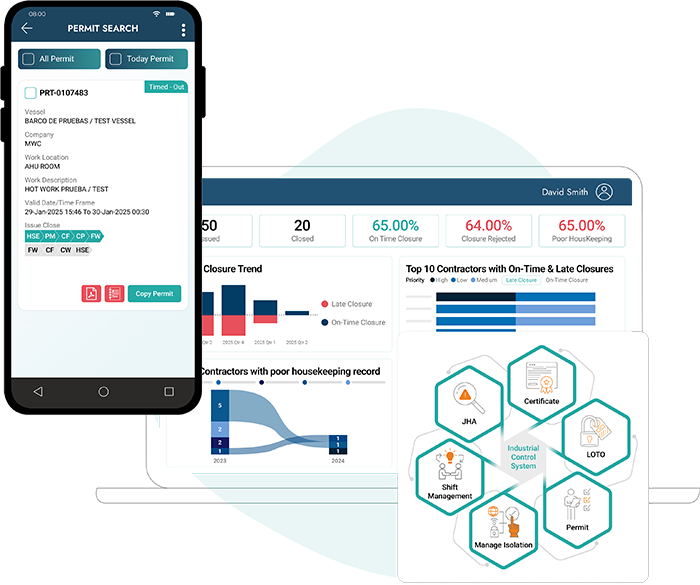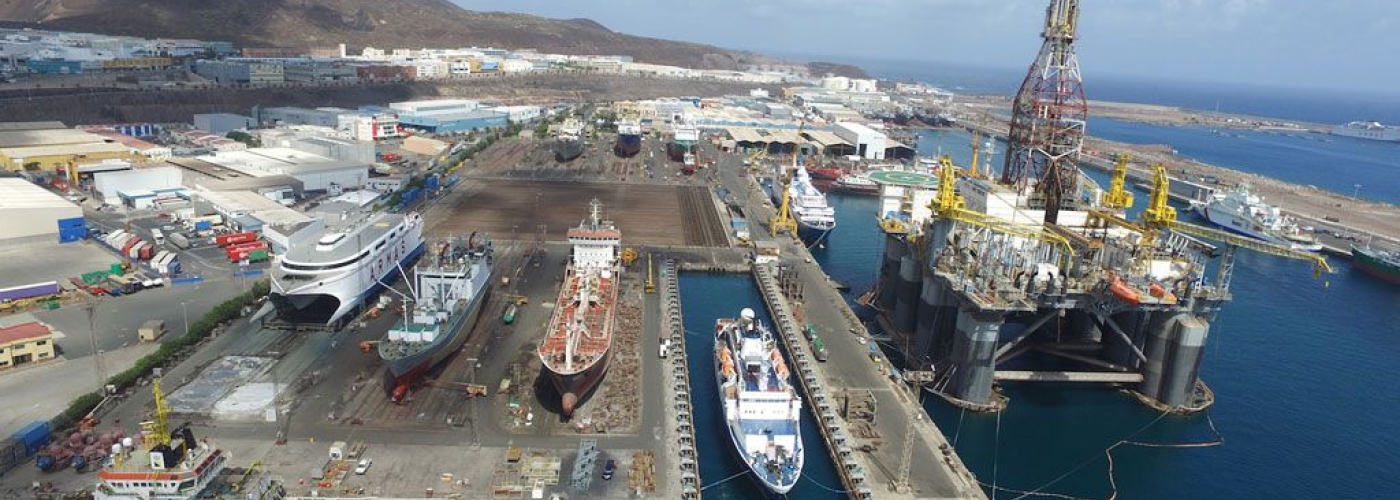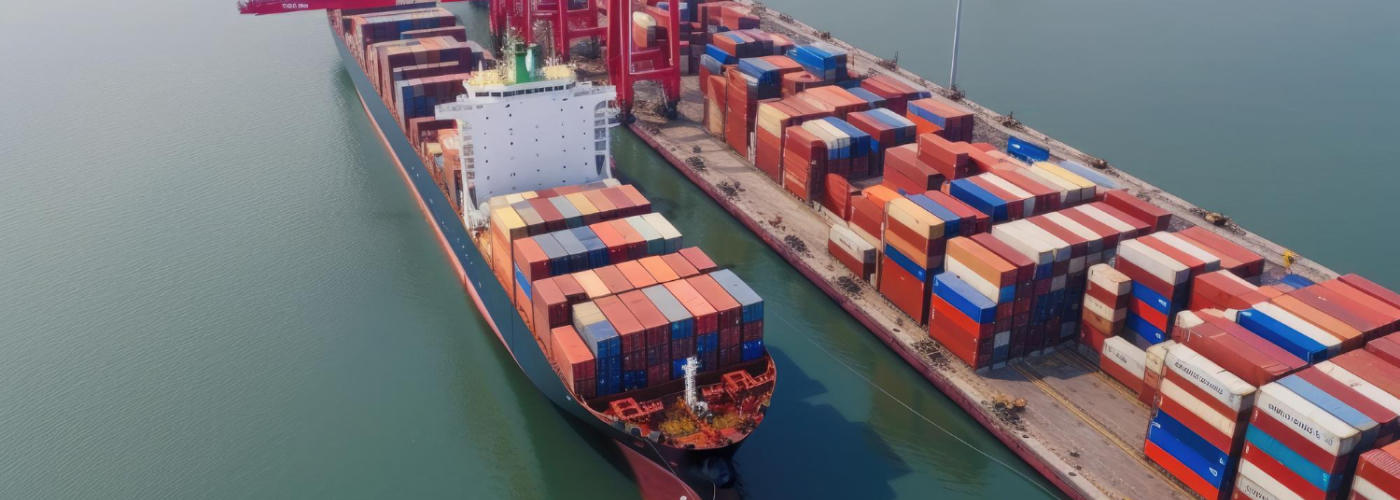






Innovative Safety Management for Ports and Logistics
The ports and logistics industry is fast-moving and high-risk. From container handling and cargo transport to warehousing and vessel operations, teams operate in dynamic environments filled with heavy equipment, moving vehicles, suspended loads, and hazardous materials. Ensuring consistent safety practices can be extremely difficult with multiple contractors, tight schedules, and ever-changing site conditions.
Relying on manual processes for incident reporting, inspections, or compliance tracking often leads to delays, missed hazards, and poor team visibility. These processes increase the risk of accidents and injuries and expose organizations to regulatory fines and operational disruptions. A smart, connected EHS (Environment, Health & Safety) solution is essential to proactively manage risk, engage frontline workers, and drive a strong safety culture across all levels of operation.
Key EHS Modules for Ports and Logistics Operations:
Why Manual Permit-to-Work Systems Fall Short in Ports and Logistics
In ports and logistics operations, where multiple contractors, cargo handlers, equipment operators, and maintenance teams often work side by side, manual Permit-to-Work (PTW) systems pose significant safety and coordination challenges. Paper-based permits lack real-time visibility, precise location tagging, and detailed job descriptions, making it challenging to track active permits, validate approvals, or coordinate overlapping activities.
This lack of centralized control can result in unauthorized work, missed safety checks, and critical delays in approvals or handovers. High-risk tasks like hot work near flammable cargo storage areas, equipment maintenance during operational hours, or confined space entry in storage tanks require seamless coordination, which manual systems struggle to deliver-the result: increased potential for safety incidents, operational disruptions, and costly downtime.
Digital PTW: A Safer, Faster, and More Controlled Approach
We built our Digital Permit-to-Work solution to meet the unique demands of ports and logistics facilities—where safety, speed, and coordination are paramount. The system enables teams to raise, review, and approve permits via mobile or web-based access, ensuring every job is clearly defined, risk-assessed, and authorized before execution.

Key features include:
By digitizing the full PTW lifecycle—from request to closure—port operators can enhance communication, enforce compliance, and gain full operational control over high-risk activities. This tool supports a proactive safety culture, reduces paperwork, and helps ensure that work is done correctly every time.
“ The work done by TECH EHS to understand, plan, and execute the final video is highly appreciated and executed quickly. The outcome of this is that the video can even be understood by laymen. ”
APM Terminals
Chandar (General Manager, HSSE)
Bringing SOPs to Life with 3D Animation for Enhanced Safety & Training
We have developed a series of 3D Animated Standard Operating Procedures (SOPs) designed explicitly for our clients in the port and logistics sector. These SOPs transform complex, high-risk procedures into easy-to-understand visual guides—enhancing training effectiveness, improving safety compliance, and reducing operational risks.
Our animated SOPs help eliminate the confusion often caused by traditional text-based manuals, especially in environments with diverse workforces and critical timelines. By visually demonstrating each step of the procedure, they ensure better comprehension, consistency, and retention across all levels of your team.
The SOPs we’ve animated cover a wide range of critical port operations, including FPL installation in cutter suction dredgers, hatch cleaning processes, wagon tippling, and cargo transportation through both manual and mechanical means. They also address procedures for handling dusty cargo, conveyor maintenance safety, stack and wagon covering protocols, and safe loading and unloading using hydra and cranes. Additional animations include mooring and unmooring safety practices, precautions for working near water, vessel onboarding training, and emergency planning and preparedness within the port environment.
Engaging, High-Impact Safety Induction and Training with 3D Animation
Safety training must be clear, memorable, and action-oriented in port and logistics environments, where heavy equipment, vehicle movement, and high-risk tasks are part of daily operations. We’ve developed 3D animated training modules for our clients that bring real-life scenarios to life—helping teams understand hazards, follow procedures, and adopt a proactive safety mindset.
We developed HEMM operation safety, external trailer driver induction, HSE induction, and visitor safety briefings. These animations improve retention, reduce onboarding time, and ensure consistency across shifts and contractors.
We have also developed custom animated training movies on topics like does and don’t, lifesaving rules, safe forklift operation, Lifting and Rigging, Material handling including EOT crane, emergency response, working at height, cargo handling, vehicle and pedestrian traffic management, roadways & walkways, and road safety.
Let’s build a smarter, safer, and more compliant future for your pharmaceutical operations.


